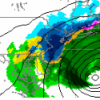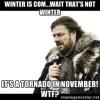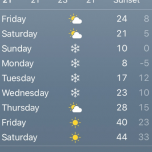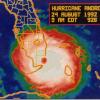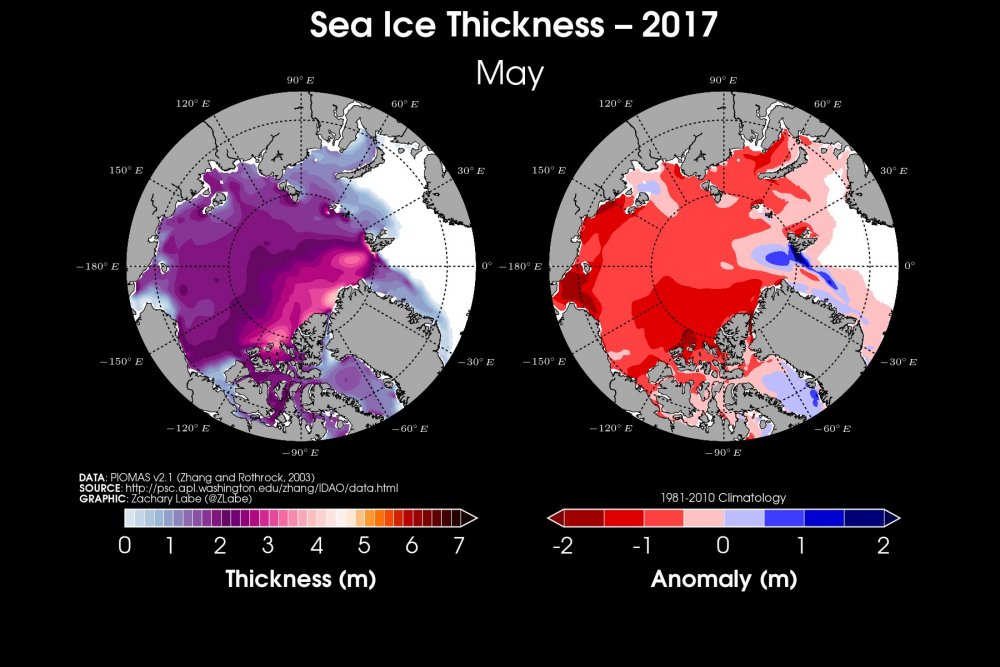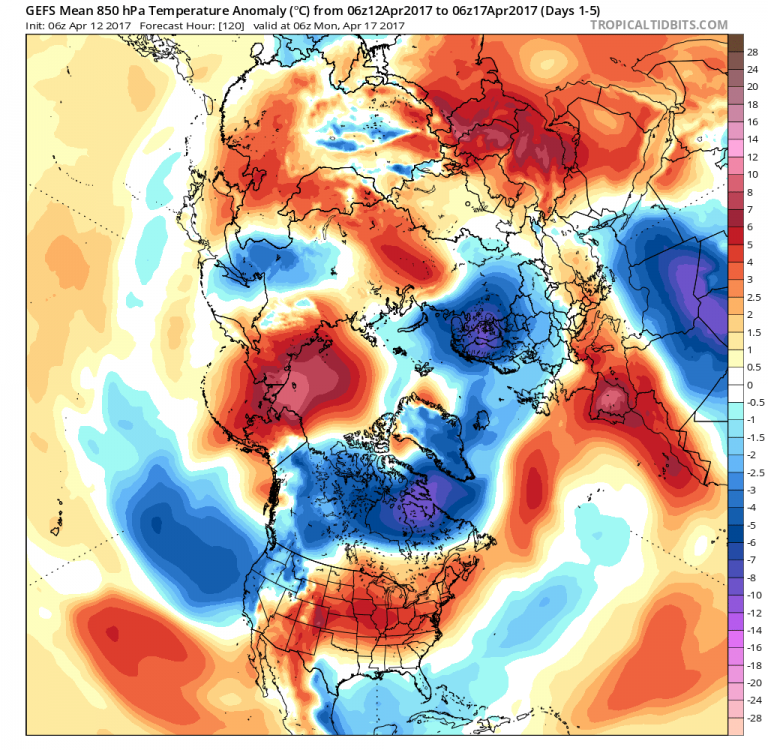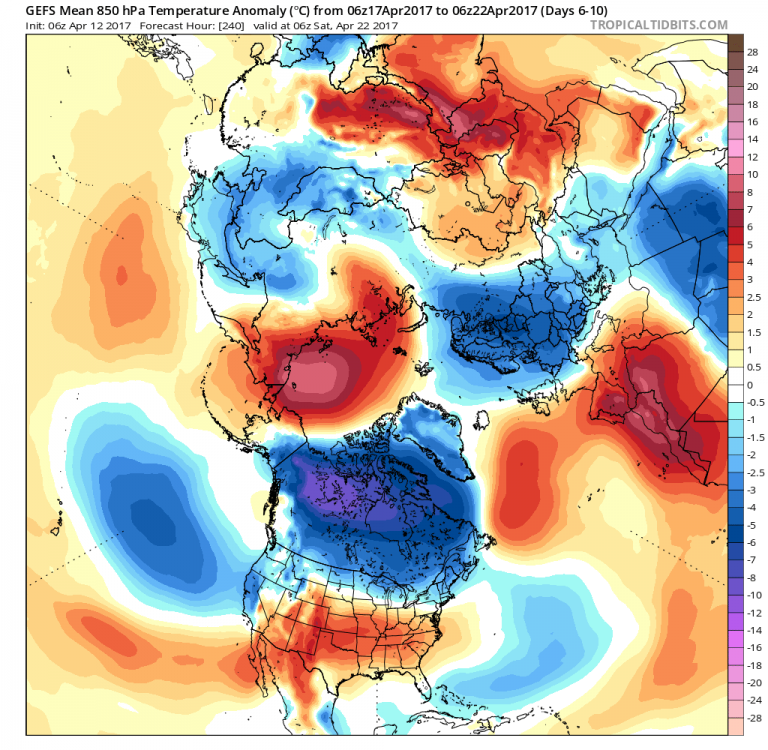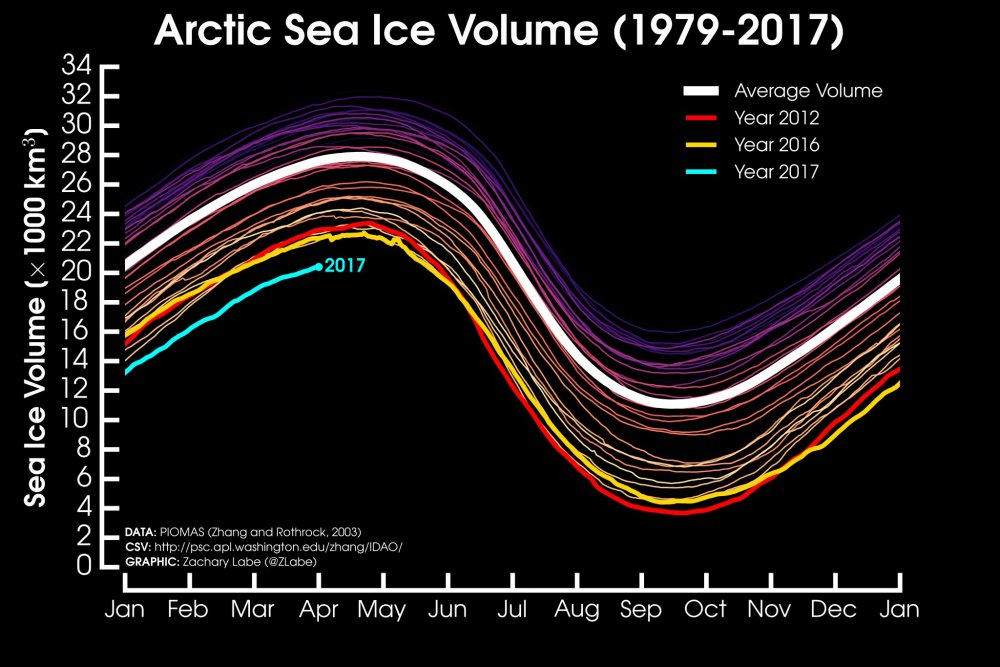-
Posts
4,653 -
Joined
-
Last visited
About Snow_Miser

Profile Information
-
Gender
Male
-
Location:
State College, PA
Recent Profile Visitors
3,203 profile views
-
Didn't know you were a skeptic too at one point. I accepted the mainstream conclusions of the science, when it became abundantly clear that we were still warming, and there was no sign of any prospective cooling. Learning more about the subject didn't hurt either. It's been over 3 years since I recognized this. There are no energy accumulation lags. Zero. It is like saying that a pot on a stove will continue to gain energy, even after the burner has been turned off. It makes no physical sense. So the continued upper ocean heat accumulation is totally inconsistent with reduced solar activity. It is just not causing current climate change. Getting back on topic, a pretty poor pattern for the Pacific side of the ice is on the way. The 12z ECMWF is advertising well above normal 850 hPa temperatures in the medium range and beyond for that region. Kind of surprised we still saw sizable losses over the last few days, despite cooler than normal 850 hPa temperatures. Unless recent losses have all come from the Hudson Bay. I think persistence type predictions of the sea ice minimum, like June melt ponding have the potential to be more inaccurate than usual this year. With the ice being so thin, it won't take as much to see sizable losses in the coming couple of months.
-
The higher thicknesses relative to normal are getting exported in the Fram, according to the May PIOMAS update. Across the Arctic Basin, lots of thinner than normal ice. From Zack Labe.
-
-
Welcome back Friv. Not a pretty depiction by ensemble forecasts over the next 10 days for the Pacific side.
-
Record low volume continued into March. It would be impressive at this point if September also did not see record low volume.
-
Loss of -12K yesterday on NSIDC. With an unfavorable pattern for ice growth persisting, I don't expect significant ice growth for at least another couple days.
-
As was mentioned by csnavywx, anomalous warmth looks to return to the Kara Sea (and much of the Arctic), alongside a low approaching ~960 hPa. Not only is this a favorable pattern for Fram export of whatever multiyear ice remains, but temperatures will run close to 30 degrees Celsius above normal once again for portions of the Arctic.
-
-
NSIDC has now dipped below 2007's minimum, making this year the 2nd lowest minimum on record.
-
-
Awesome talk by Dr. Richard Alley at the annual 2015 Penn State Chi Epsilon Pi spring buffet. Talked about how the geologic record showed Carbon Dioxide as a significant causal agent of warming and the non significant aspect of cosmic rays on the climate.
-
It's comments like this that deter people from a skeptical position on this issue.
-
The climate isn't as sensitive to small solar variations like the 11 year cycle as it is to long term solar variations, like the De Vries cycle. Longer term solar variations on a decadal to centennial scale have about a 50-70 year temperature response lag, and have more noticeable impacts on the climate. The reasoning, according to Zanchettin et al. is: "Although most of the Sun-climate mechanisms are not well understood yet, a host of empirical evidence suggests that solar energy changes alter the Earth’s climate significantly [Eddy, 1976; Haigh, 1996; Shindell et al., 1999; Marsh and Svensmark, 2003; Lambert et al., 2004; Georgieva et al., 2005] and that climate sensitivity to solar variations obeys a frequency-dependent transfer function of solar energy, so that the damping effect of the oceanic and atmospheric thermal inertia make the climate more sensitive to slower solar variations [Wigley, 1988; Foukal et al., 2004; Scafetta and West, 2006]." From Helama et al. 2010.
-
You can see some pretty unscientific comments on both sides in this video. http://www.youtube.com/watch?v=y34R7hSpEb0
-
Pretty sure the differences between a lot of those years are not even close to being statistically significant. The yellow line isn't a linear trend, but it's a reference point.


